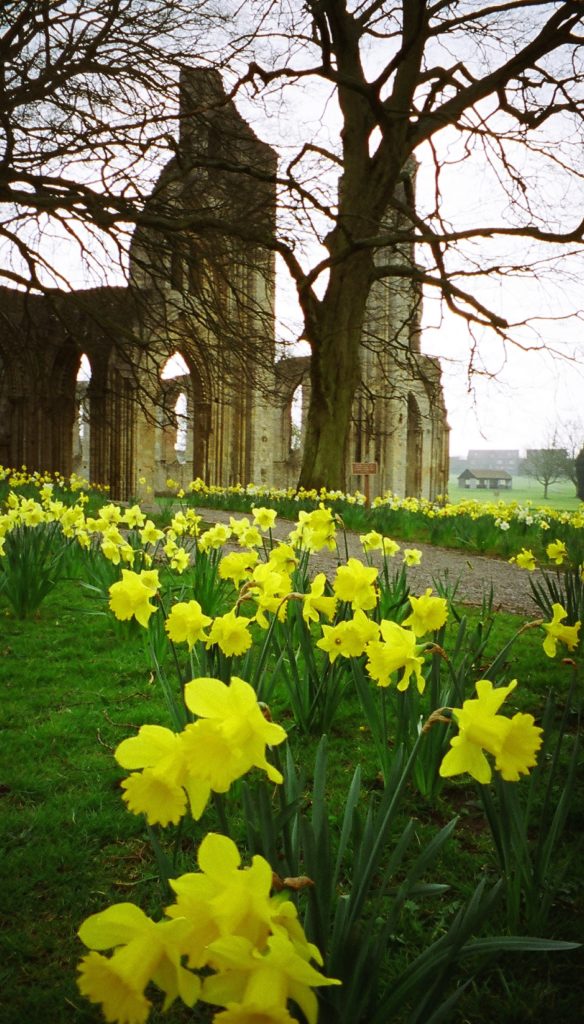O great mystery,
and wonderful sacrament,
that animals should see the Lord born,
lying in a crib;
The medieval hymn, O Magnum Mysterium, expresses awe at the humility of Christ’s birth. That the birth of the King of Kings should be first witnessed to by beasts of burden, and that the spouse of the Holy Spirit lies on hard ground amidst scratchy hay to labor– this is a magnum mysterium, a great mystery.
During different stages of my life, I have pondered different aspects of Christ’s birth during the Advent and Christmas seasons. As a young adult, the wonder and majesty struck me; as a young mother, the discomfort and peril struck me; at other times, the historical and cultural circumstances have struck me. But this Christmas, it has been poignantly sensory. I am there experiencing the stench of animal urine and dung, the smell and scratch of hay, the frigid night air, the veil of darkness, the base life-sounds of bleating and newborn cries.
This past year I have tried to be honest and receptive in my relationship with God, which has revealed a lot of repressed anger and hurt towards God. I had to work through the shame of feeling angry before I could actually confront the origins of this anger. Interiorly, I wearied, stopped wrestling the darkness, and I’m now just sitting with it. While that’s necessary, it’s dark and cold here at times. But I know this is part of deliverance and healing.
It’s been liberating to stop forcing emotions, like pulling cellophane over a bucket of muck. Right now, Mass is an act of obedience; Communion is a still, quiet moment at the cross. But this is an improvement from running out of Church during the consecration, which is where I was a year ago. Part of that healing has been peeling away the angelic, gilded depictions of Christ and the Church, and discovering the grit. Only then do I see myself and the life God has walked with me through. Only then do I remember that God indeed has been Emmanuel, God with me– not just in consolation and revelation, but He has been faithful in all things, all places, even under the cold veil of night. I don’t know if I believe that yet, but at least I can imagine that I will get there.
What does it mean that God chose to be born in a dank, stench-filled cave, surrounded by dumb animals? If Mary was the beloved of His heart, why would he allow her to give birth in cold, pungent darkness? Magnum Mysterium opens with, “O great mystery”. This, like so much of Christ’s life, is a mystery which theologians debate and mystics contemplate. But what we can know with the same senses that Christ incarnated, is that His birth, while miraculous and mysterious, was also one of stench and grit.
This simple reality makes me feel loved. As John of the Cross wrote, “this delight within your Bride / Would great be increased, / If the flesh she is endowed with / She saw you also shared”. The stench and grit that I am working through is there with baby Jesus and the Holy Family. I will sit with them in the dark, chilly cave, in the great mystery, and trust that salvation is here.
O Blessed Virgin, whose womb
was deemed worthy to bear
the Lord Jesus Christ.
Alleluia!

